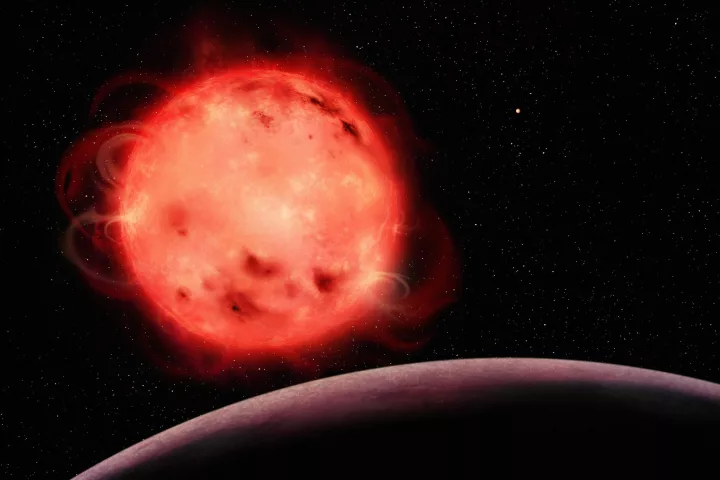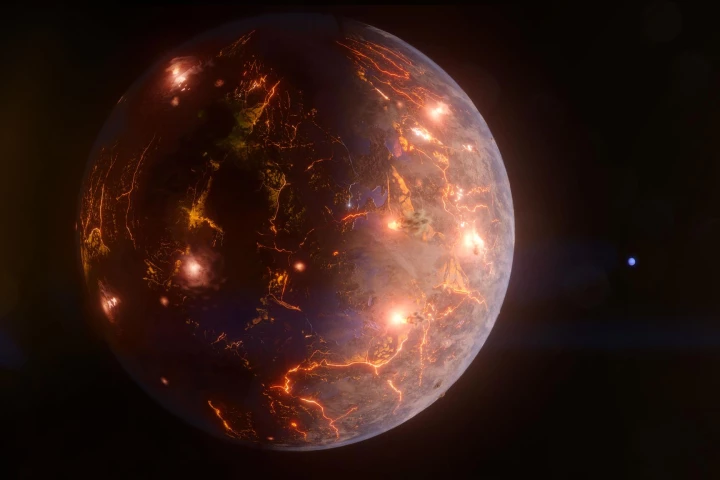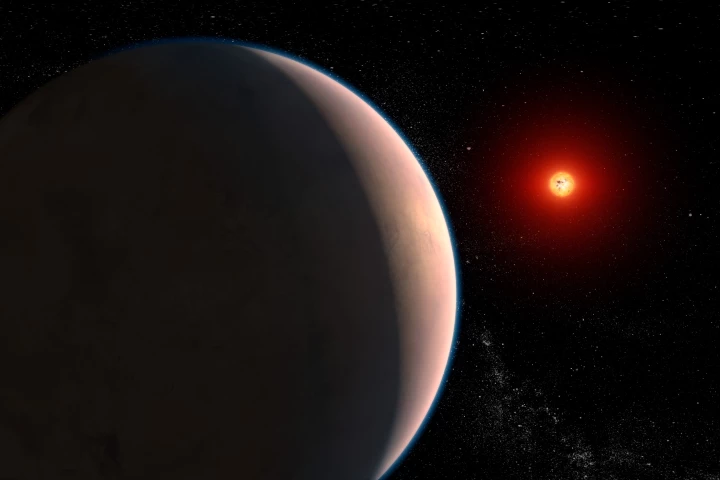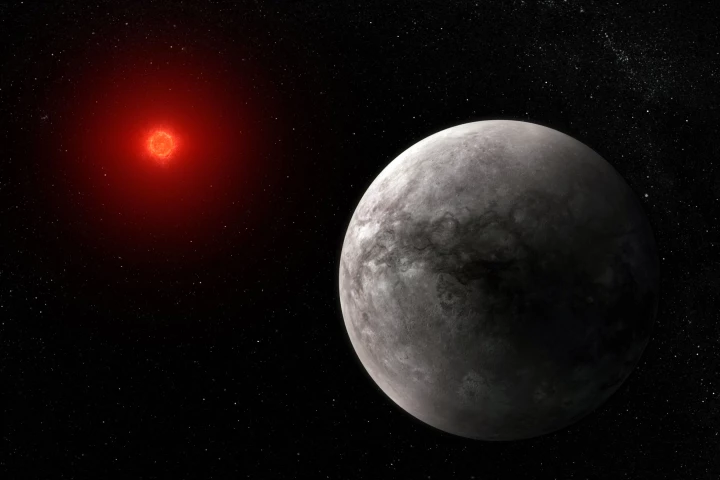Exoplanet
-
NASA’s anticipated Roman Space Telescope is taking shape, and will soon measure light from a billion galaxies, perform a microlensing survey deep in the Milky Way, monitor hundreds of millions of stars and peer into unseen galactic neighborhoods.
-
The James Webb Space Telescope has achieved one of the first major science goals announced for it way back in 2017. The infrared instrument has now probed the atmosphere around one of the TRAPPIST-1 exoplanets.
-
NASA's James Webb Space Telescope has scored another first, detecting evidence of water in a planet-forming disc circling another star where at least two terrestrial-class proto-planets seem to be forming.
-
Astronomers using an array of 66 radio telescopes have discovered what may be the first example of a star with two exoplanets circling it that share the same orbit, something that was thought to be theoretically possible but never seen until now.
-
Collectors of trading cards are always hunting for rare shiny variants – and now astronomers have found the exoplanet equivalent. The shiniest planet ever found, LTT9779 b, is an ultra-hot, cosmic disco ball thanks to clouds made of glass and titanium.
-
Astronomers have discovered a planet that seems to have somehow survived an apocalyptic scenario. The hot Jupiter closely orbits a giant star that by all logic should have engulfed it, but the team has a few hypotheses about how it’s still standing.
-
While two thirds of exoplanets may be a fiery, boiling wasteland, scientists believe the other third occupy a "just right" goldilocks orbit around their star, and this, much like Earth's orbit, could provide the right environmental support for life.
-
A new, Earth-sized planet has been discovered only 90 light-years away. In astronomical terms, that’s right next door. Moreover, it may be capable of supporting life thanks to volcanic eruptions caused by the gravitational tug of a nearby planet.
-
Astronomers have witnessed an apocalypse from across the galaxy, as a planet crashed into its star. It’s an event long assumed to happen in many star systems – including our own someday – but this is the first time it’s ever been seen directly.
-
The James Webb Space Telescope has detected water vapor near a planet in another system. Although there's a big if hanging over the find, it could mark the first direct detection of a rocky exoplanet’s atmosphere.
-
A new study led on how water could form on young exoplanets with hydrogen atmospheres and molten oceans of magma suggests that Earth-like planets may not be as rare as once thought and that the presence of water on such planets may be almost inevitable.
-
Researchers have used the James Webb Space Telescope to measure the temperature of the innermost planet in the TRAPPIST-1 system, shedding more light on the ability of planets like these to support life.
Load More











